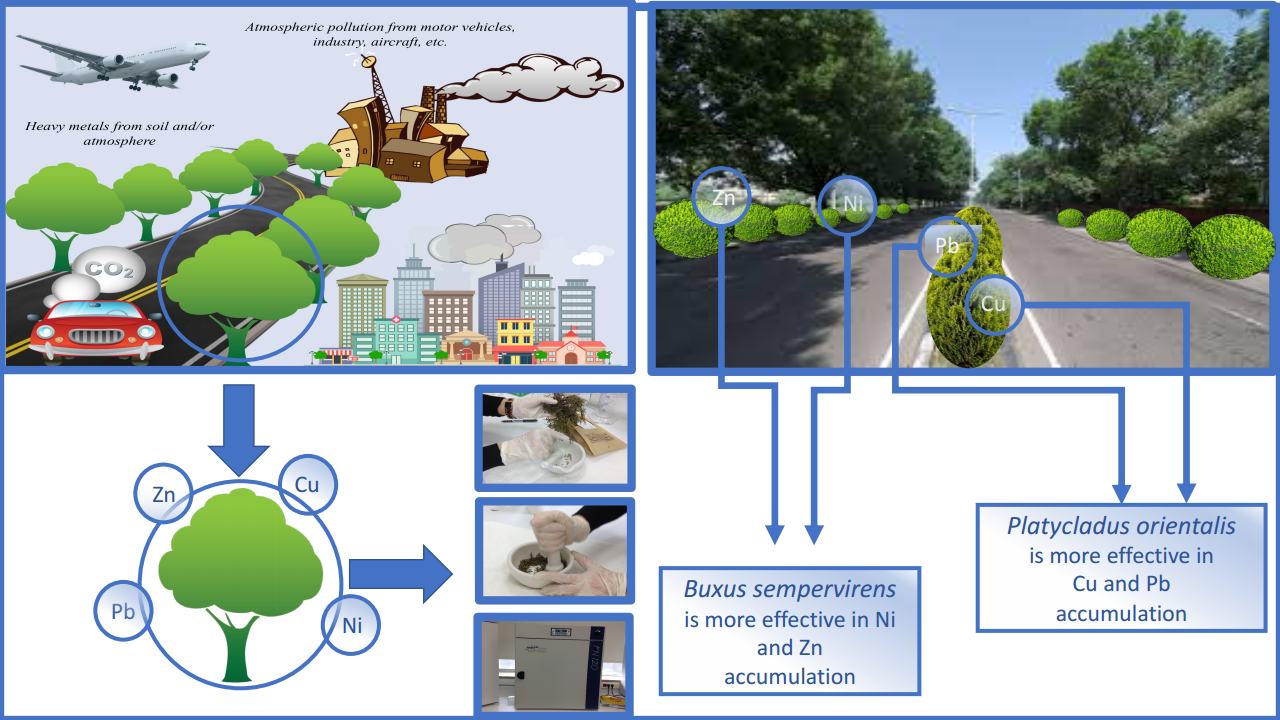-
Topic
-
VolumeVolume 22 (2020)
-
Issue
-
Pages297-305
- gnest_03140_published.pdf
-
Paper IDgnest_03140
-
Paper statusPublished

The aim of this study is to determine the shrub species which can be used as the biomonitor of air pollution originating mainly from the traffic and could provide the opportunity to increase the air quality in urban areas. To this end, Berberis thunbergii, Buxus sempervirens, Juniperus horizontalis, and Platycladus orientalis, mostly preferred species for roadside plantations, were chosen for the study. First, three regions with heavy traffic intensities were determined. Next, the levels of 4 heavy metals were examined by using Inductively Coupled Plasma–Optical Emission Spectrometry. The results obtained indicate that since the deposition of Cu and Zn is more in the leaves and barks of four species, these shrub species are more effective in the accumulation of Cu and Zn. Furthermore, the results of the study show that Platycladus orientalis is more effective in Cu and Pb accumulation, while Buxus sempervirens is more effective in terms of Ni and Zn accumulation. Determining high levels of traffic-originated heavy metals of Cu, Pb and Zn, particularly in the leaves of Platycladus orientalis in the city center indicates that air pollution is more intense in the city center and that Platycladus orientalis can be used as a biomonitor for traffic-originated air pollution.
Total file downloads: 3